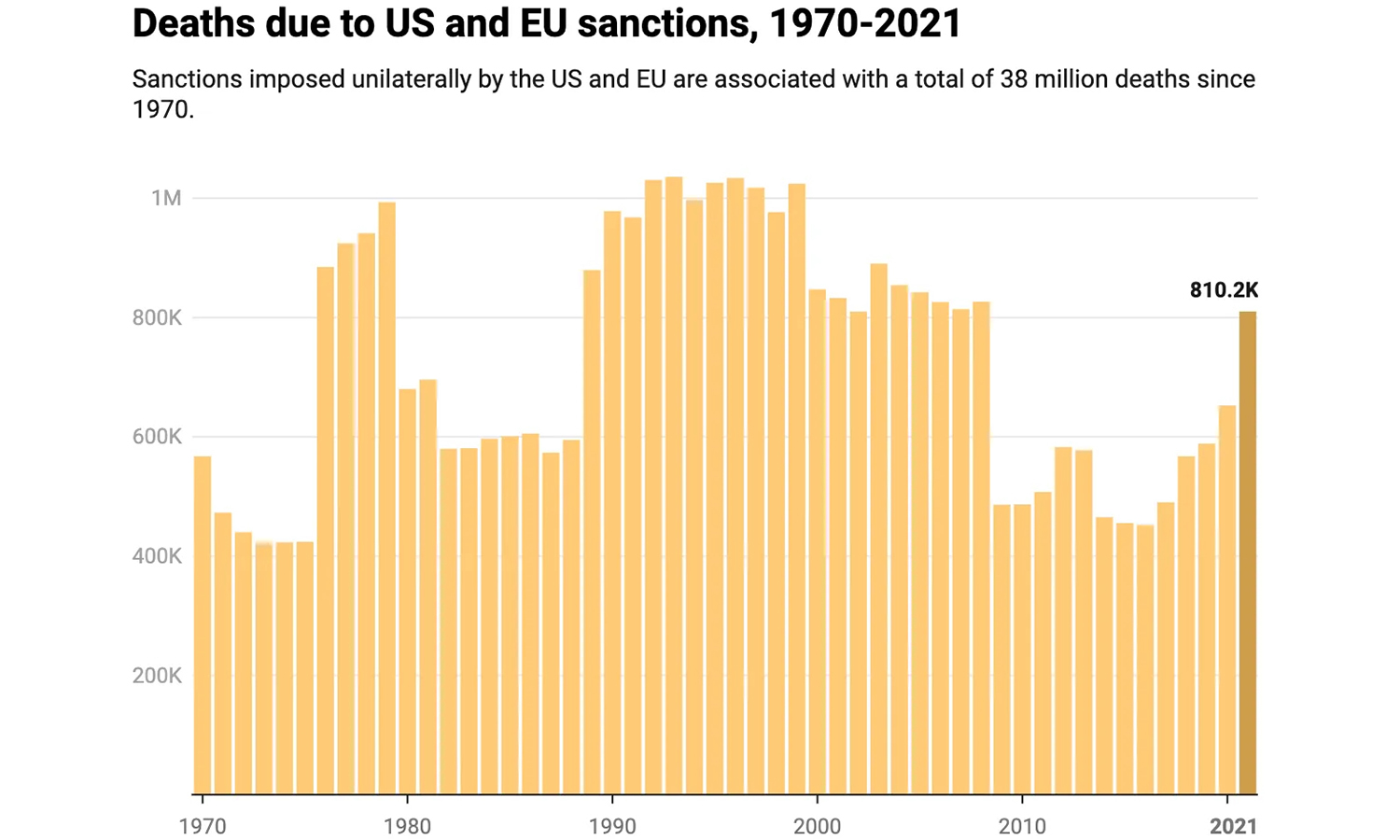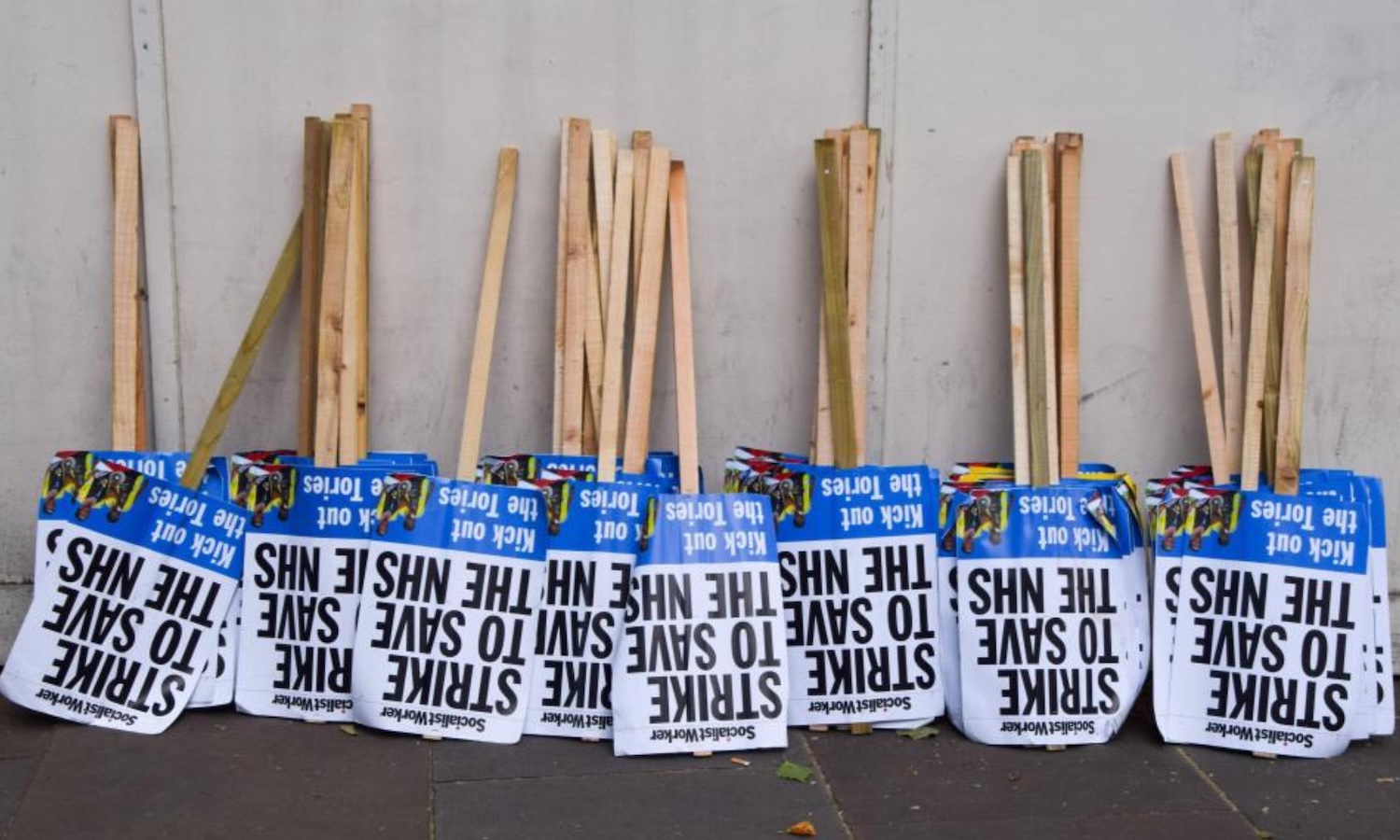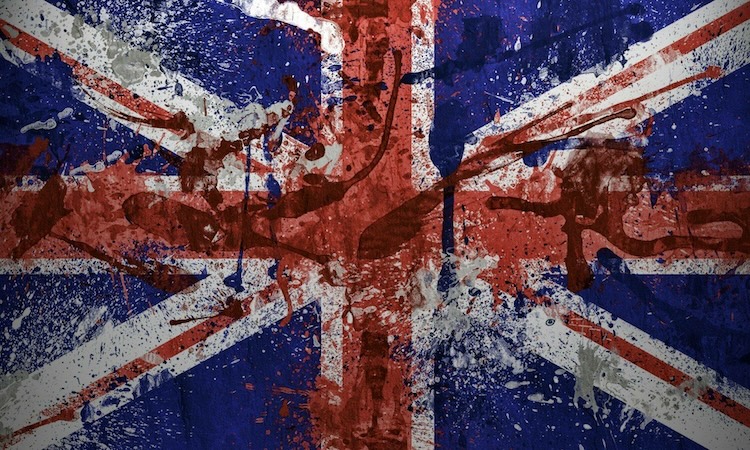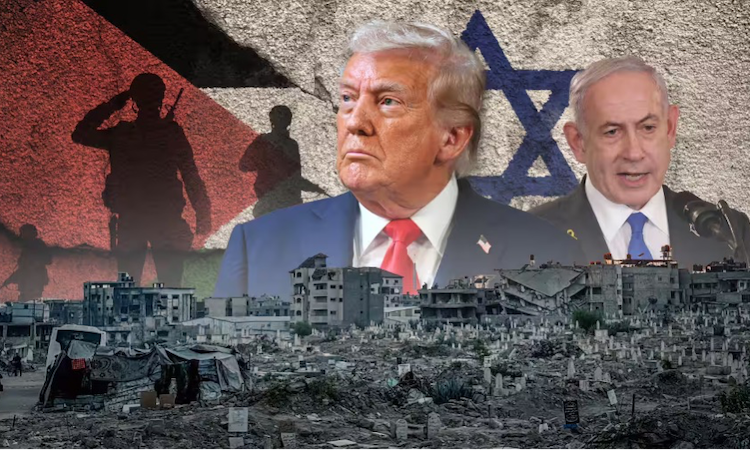I recently joined a Cuba Solidarity Campaign (CSC) study tour to the first socialist state in the western hemisphere. What most struck me as a first-time visitor to Cuba was the confidence and openness of the Cuban people, coupled with a complete lack of deference towards anyone at all.
Towards the end of the trip, our young tour guide casually revealed that one of his parents was in the diplomatic service, whilst one of his brothers was a professional operatic baritone, yet all his family were on the same modest salary.
Earlier, at the Tomas Aceay cemetery in Santa Clara, the chief historian and archivist of the cemetery was half-way through her explanations when she was cheerfully and noisily greeted by a gardener shoving a wheelbarrow full of tools – a greeting which she amiably reciprocated before returning to her theme. As he briskly exercised his right of way through the assembled throng, it was clear that archivist and gardener related one to the other on terms of complete and unquestioned equality.
A real community
And when we went along to a block party thrown by one of the many neighbourhood-based committees for the defence of the revolution (CDRs) – an open-air party which took place in front of what at first glance looked like a somewhat dilapidated council estate in Britain – we rapidly discovered that the community included people from all walks of life, with what in the west would be regarded as middle-class professionals living cheek by jowl with other workers.
One young man I spoke to was pursuing a career in computer software design, his fiancée was studying law and his prospective mother-in-law was running a driving school. And whilst the flats in which this community lived could have done with a lick of paint, there was no doubting the pride and solidarity of the people of the CDR – captured most movingly in the songs, dances and recitations performed by local youngsters.
What through western eyes might have looked at first like a deprived council estate, haunted by unemployment, drug abuse and small-scale criminality, turned out to be the abode of a positive and thriving community, proud of Cuba’s revolution and defiant of the blockade that strives to set limits to its development.
I thought about all this again whilst standing in the queue to check in for the return flight to Gatwick, when the man in front of me passed some witless remark about there being a few very rich people in Cuba and very many poor people. The reality is that everyone in Cuba lives modestly but securely, and on the basis of an equality so thoroughly grounded in the social fabric that nobody thinks to question it. Nobody starves (food rationing ensures that) and nobody is denied a home, education, healthcare or a pension.
A corollary of this is that the highest rewards are not material but moral; and often not individual but collective (like being able to let one’s children out on the streets in safety, for example). So when pupils in Santa Clara achieve very high standards in their work, they are rewarded, not by financial reward or material privileges, but by being selected to come and lay flowers on the graves of Che Guevara and the other internationalist revolutionaries martyred with him in Bolivia.
Everywhere the flame of revolution is kept burning. When I walked into one old people’s home, the first thing I noticed was the portrait of a female guerrilla, probably Celia Sánchez, guarding the entrance. Carry on through and we were in an open quadrangle ringed with thirty or so old ladies chatting away nineteen to the dozen.
A tall black woman in her eighties stood up with a half dozen of her comrades to give a spirited rendition of Guantanamera, followed by lively songs and poems celebrating love and revolution, delivered with furious and plaintive gestures. Nobody was isolated; nobody was staring blankly at a wall or a TV screen.
Education for children with disabilities
More songs and poems greeted our solidarity tour when it dropped in on a school for younger children with visual and/or hearing impairments. A tall girl sang beautifully, then the boys (two of them tiny brothers with spiky hair and cheeky exuberance) performed more poems and songs.
At first, this emphasis on what are termed ‘cultural moments’ can be disconcerting: who are we to come here from the privileged west demanding entertainment? But then the penny drops: these performances are not deferential offerings to a jaded western palate, but powerful assertions of social solidarity from which those of us living in the belly of the beast can learn more than we can ever teach.
This school is named for Comrade Fructuoso Rodríguez, a partially-sighted student at the University of Havana who led protests against the coup of Fulgencio Batista in 1952, going on to become general secretary of the revolutionary directorate. After participating in the abortive assault upon Batista’s palace in 1957, Fructuoso was betrayed and assassinated. A portrait of the brave young man who overcame his handicap and sacrificed his life for the revolution is painted on the classroom wall – an inspiration to today’s young students.
The teachers, doctors and social worker explained that a team of specialists, including psychiatrists and social workers, meet with parents to determine the best course of action for each individual pupil – be it educational support in the mainstream or entry into a specialist school. Cuba uses a form of signing which is different from US sign language, though there are some overlaps.
We were told that there are four schools in Santa Clara for children with learning difficulties. Those with a certain level of difficulty are the responsibility of the ministry of education, whilst those with more severe difficulties fall under the remit of the ministry of health. The two ministries cooperate closely.
In galling contrast to Britain, where further education opportunities for adults with learning disabilities are in the process of receiving the chop, adults with learning difficulties in Cuba continue to receive care and attention from the state, and parents who look after them are paid a carer’s salary.
As with everything, the blockade poses challenges. For example, the computers and braille typewriters are out of date, but staff have learned to squeeze a bit more life out of them with some low-tech workarounds. We were shown impressive-looking braille books printed in Havana. Electric wheelchairs cannot be had, but manual ones can.
One of the solidarity visitors summed it up well: the west has all the gear but no idea; Cuba has all the ideas but no gear – or at any rate not enough of it. Yet despite all the difficulties, Cuba continues to make progress in this field – for example, successfully carrying out cochlear implants to restore hearing.
Agriculture: feeding the people
The comrade who showed us around the Organoponica la Rivera in Santa Clara was a former military man. He explained that 80 percent of Cuba’s imports and exports had formerly been with the USSR, so that when the Soviet Union collapsed the economic consequences for the Cuban economy in the 1990s were catastrophic. Sometimes, there would be no more than two hours of power a day. Many industries closed down and many industrial workers flooded into the agricultural sector.
But there were big problems there too: the price of sugar plummeted and half the sugarcane mills closed down. With the lack of agricultural machinery and the loss of markets dealing a body blow to agriculture, something had to be done fast. On the larger-scale farms, the shortage of machinery necessitated a reversion to more labour-intensive techniques, with oxen and ploughs supplementing the diminishing stock of tractors.
However, this did not supply the towns with sufficient fresh produce, so a radical rethink was called for. This was where the decision was made to take a leaf out of the army’s book. All males serve the people by being conscripted into the army for a spell, and it is out of revolutionary army traditions that the urban market gardens, or ‘organoponicas’, originated.
Just like the People’s Liberation Army on the Long March in China, Cuba’s revolutionary forces learned to grow their own food on camp, refusing to become a burden on the peasant masses. Following this example, Cuba turned to the cultivation of relatively small-scale market gardens to supplement the diet of local inhabitants. The comrade reckoned that the group of five organoponic farms of which his formed part fed some 20,000 people.
Since those early days of the special period, the situation has improved somewhat – with, for example, watering cans giving way to piped irrigation – and the comrade made it clear that as mechanisation becomes available then it will be embraced.
He also made it clear, though, that some of the practices which had been developed within the organoponic movement will be retained. For example, there is a by-product of sugar-refining which has proved an excellent substitute for manure (draught animals being unsuited to small-scale farming) or other artificial fertilisers.
There have also been advances in ecological science. There are now five laboratories in Santa Clara dedicated to countering disease pests without resorting to harmful pesticides. As well as dealing with naturally-occurring pests, these laboratories also had to cope with the deliberate biological contamination of crops by aerial spraying of pests, courtesy of the United States.
So it is that necessity breeds invention. The farmer pays a regular visit to his local lab to pick up a packet of ‘friendly’ wasp-like insects, which he then releases onto his field where they munch up the farmer’s enemies.
The soldier-turned-farmer explained that 70 percent of the cooperative’s workforce are retired like himself. Everyone is on the same modest basic salary, paid in addition to the state pension.
Decent healthcare for all
The Cuban health system is comprehensive and integrated, with a strong emphasis on prevention.
At the most local level, the family doctor clinics, the doctor lives nearby (sometimes ‘over the shop’) and routinely checks up on everyone on his or her patch. Most afternoons are taken up with home visits, with mornings reserved for clinic treatment.
At the family doctor clinic we visited, someone asked about internationalist medical service. Without batting an eyelid, one of the doctors matter-of-factly listed her own track record of service: Haiti, Mozambique, Angola and El Salvador. Just about every Cuban doctor has completed at least one tour of internationalist duty.
Meanwhile, thousands of budding doctors come to Cuba from abroad to get trained. One doctor we met at the clinic had come from Pakistan, married a Cuban girl and stayed on to serve the Cuban people in turn. (In Cuba, the ethnic mix is so eclectic that no skin coloration or racial feature causes any heads to turn.)
We found out more about Cuba’s mission to train doctors to serve the developing world’s people when we visited the University of Medical Sciences in Santa Clara. The university recruits foreign students on the basis of national quotas, with each country deciding whom to send.
In the case of some countries – for example, Haiti – fees are waived altogether, whilst for other countries payment may be required towards the $85,000 bill for the six-year course. It was noted that some trainees even hailed from the US – a circumstance which, it was acknowledged, brought with it certain risks.
At the university visit, Dr Juan Carlos Ruíz spoke about the Henry Reeve Brigade. This brigade, with a proud record of giving assistance in major disasters, is named for a hero of Cuba’s first war of independence, who left his home in Brooklyn to fight and die in the anti-colonial struggle against Spain.
When a massive earthquake struck Pakistan, Dr Ruíz was pulled from his job at the blood bank and asked to go and help with disaster relief. No less than 32 field hospitals were deployed around the quake site. Then, in 2013, the Henry Reeve Brigade answered a call from the World Health Organization (WHO) to help deal with the major Ebola crisis in west Africa. An initial team of 53 was dispatched to Liberia, undergoing intensive training in the use of personal protection equipment.
In the end, a total of 256 medical personnel went to fight Ebola – out of some 10,000 who had volunteered. The team suffered one fatality, from malaria, but helped to save many thousands more lives, winning praise from the WHO.
Holding to a socialist economy
Dr Morales, president of the economics faculty of the central university in Santa Clara, took time out from advising the government on economic policy to lead a discussion on the Cuban economy with the solidarity visitors. He drew a distinction between what he termed the ‘economic model’ and the ‘economic system’, stressing that the purpose of current economic reforms was to change the model, not the system (namely socialism).
Noting that Cuba’s model was distinct from, for example, the model adopted by other socialist countries like China or Vietnam, Dr Morales warned that, whilst Cuba’s social indices invited favourable comparison even with those in modern industrialised societies, indices for economic growth lagged behind.
The need now was to increase productivity, hampered as it had been by the special period and continuing blockade. The result was too great a reliance on food imports and too little self-sufficiency. There were hopeful signs however, with technical improvements in the sugar industry, and economic cooperation with Brazil, Venezuela and China continuing to develop.
Dr Morales explained that, within clear political guidelines set by the government, and whilst ensuring that the state sector remained the mainstay of the national economy, elements of private-sector development had been opened up. This covered things like private restaurants, taxis, private gymnasiums and some cooperative developments. The intention was to let the private sector mop up some unemployment.
On a broader view, Dr Morales suggested that Cuba needed foreign investment, but on its own terms. For example, the tourist industry, through joint ventures, could provide the state with a ready source of investment whilst maintaining its stake in hotel ownership.
Britain and other European countries had shown interest in investment opportunities. Japan had shown an interest in buying Cuban nickel, until the US had dissuaded it. For that matter, business interests in the US itself might jump at the chance of investment. As Dr Morales put it: Cuba does not need US investment, but would happily accept it – on Cuba’s own terms.
On the question of the dual currency, originally introduced in an effort to prevent the growth in tourism from distorting the rest of the economy, Dr Morales frankly admitted that this approach had many negative consequences and would certainly be ended as part of the reform programme. He expressed the hope that, by expanding productive development, salaries could be raised overall, thereby helping motivate workers to greater efforts.
Revolutionary morality
For most Cubans, the prime goal in life is not self-enrichment, and it is clear that the experience of building socialism under blockade and against all the odds has had an incalculable effect on the nation’s collective psychology.
Whilst it is true that at the socialist stage of development the worker can only be guaranteed to be paid according to his work, meaning that wage differentials may need to assert themselves, in socialist Cuba the moral incentive of serving the people and advancing socialism has to a remarkable degree already proved itself to be the chief mainspring of productive development, increasingly overriding the material incentive.
The Soviet labour hero Stakhanov did not work to live, but lived to work. Similarly, the Henry Reeve brigadistas did not expose themselves to mortal danger fighting Ebola in Africa to boost their pay. And the Miami Five did not undergo all those years of incarceration by US imperialism so as to secure a pay rise.
There can surely be few finer examples today of the fact that the proletarian revolution gives rise to men and women of a new and different character, ready to sacrifice their very lives to serve the people and advance the red flag.
Two of those Cuban heroes, Fernando Gonzales and Gerardo Hernández, for many years imprisoned in US hellholes for their efforts to prevent terrorist attacks on Cuban soil, made the time to meet with the solidarity group. Characteristically, they spoke, not about their own privations, but about their great hopes for the Cuban future.
At the same meeting, Comrade Luis Marrón, formerly of the Cuban embassy in London and now organising internationalist work in Havana, explained that Cuba stood ready to deal with whatever changes might spring from the renewal of diplomatic relations with the US.
Regardless of fine words, the blockade remained in place, and whatever might be Obama’s good intentions, he was himself surrounded by hostile forces. To sum up, Marrón pressed the tip of his forefinger to his thumb and said Cuba trusted imperialism “just this much”.
Victory – and vigilance
Whatever the final outcome of Washington’s apparent change of heart over Cuba, this development is a victory for Cuba’s undaunted struggle, and reflects the degree to which the US has become isolated.
On 27 October, the United Nations voted 191 to 2 in favour of lifting the US blockade, with only Israel still standing with the US, and with, for the first time, no abstentions. With European banks stung by US for the ‘crime’ of dealing with Cuba, and Washington’s ‘allies’ fed up with missing out on the benefits of normal trade relations in the Caribbean, Obama’s belated grand gesture is looking more like a panic reflex.
Meanwhile, Comrade Marrón’s stress on vigilance is well-advised, given the increasing momentum of destabilisation and conspiracies launched by imperialism against Cuba’s Latin-American neighbours – including in Venezuela, Ecuador, Brazil and Argentina.
The attempted coup against Venezuela’s President Maduro in February, nipped in the bud thanks to the vigilance of the Bolivarian revolution, is being followed by a new campaign of destabilisation in the run-up to the 6 December parliamentary elections. Opposition forces, amply funded by their western backers, are inundating the media with phony opinion polls to create the impression in advance that Maduro’s team are bound to lose, as Cuba’s daily newspaper Granma recently explained.
“This seeks to sow, in the minds of citizens, the feeling that the opposition has already won the elections, so that any different result emerging from the December vote is considered fraudulent … But the most audacious resource manipulated by opposition advisers is an intense publicity barrage, every day, revealing supposed Chavista defections … [to] the opposition coalition Democratic Unity Roundtable (MUD), in order to create confusion …
“The main backing comes from US ultraconservative organisations, powerful lobbies and investors. The pot to fund the last-minute electoral onslaught is full … What is the real reason why the opposition refuses to sign an agreement to respect the outcome on 6 December? The answer is simple: because it is not sure of winning and if it loses it can declare fraud and resort to violence.” (Everything indicates that Latin America is undergoing a new period of coup attempts by Jose Vicente Rangel, 30 October 2015)
It is clear that in Cuba, as in the rest of Latin America, the struggle against imperialism and for socialism continues.















